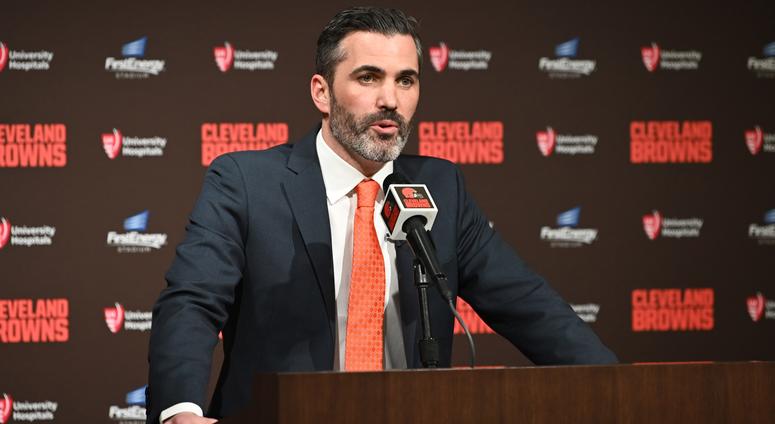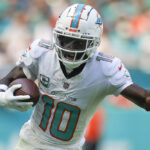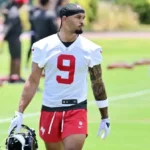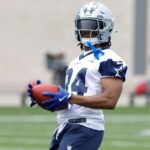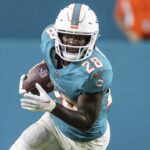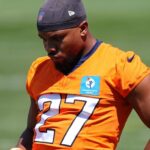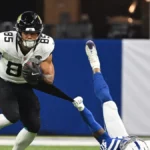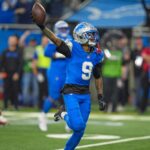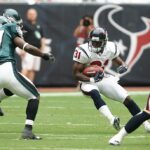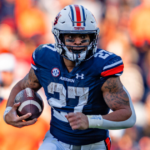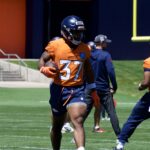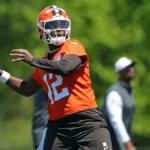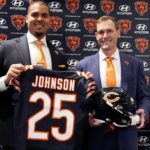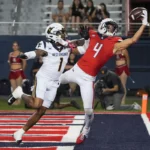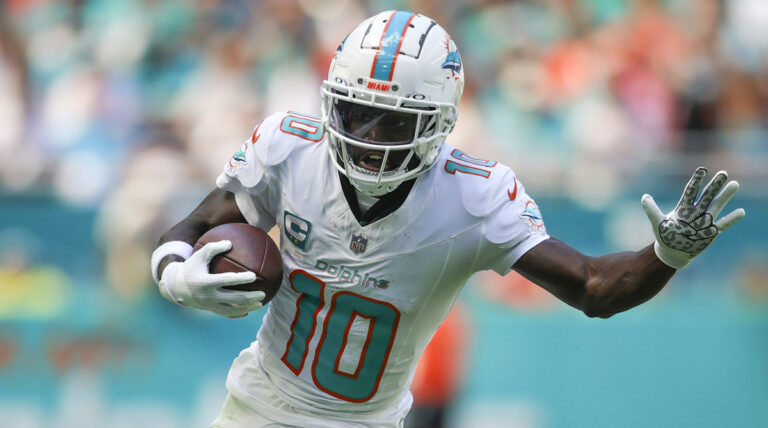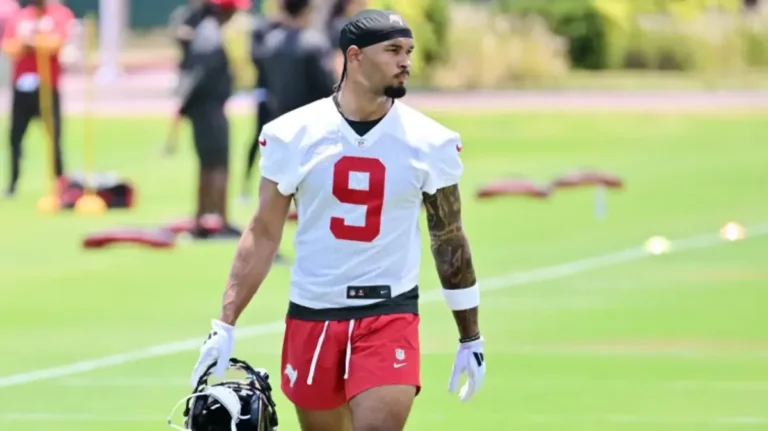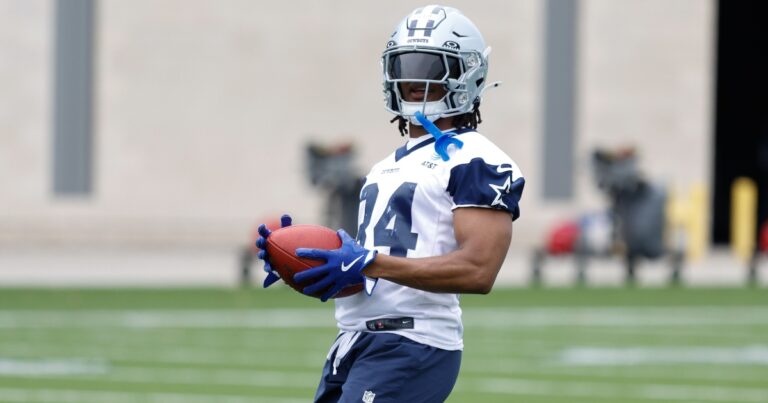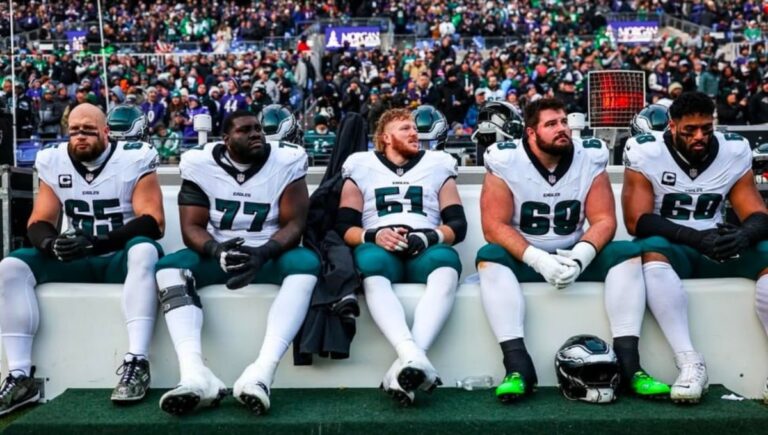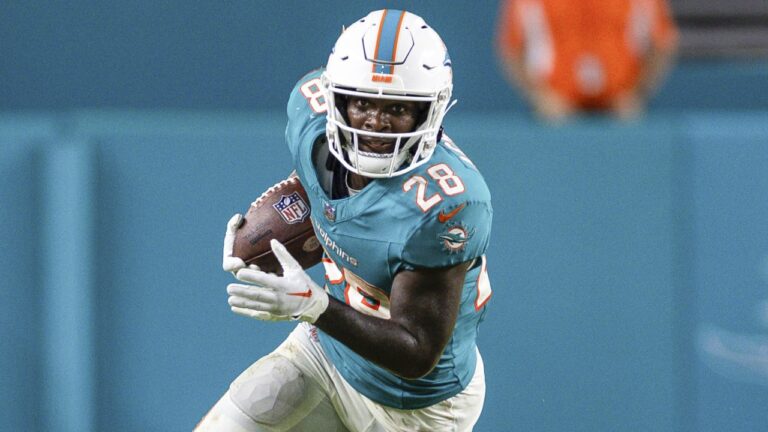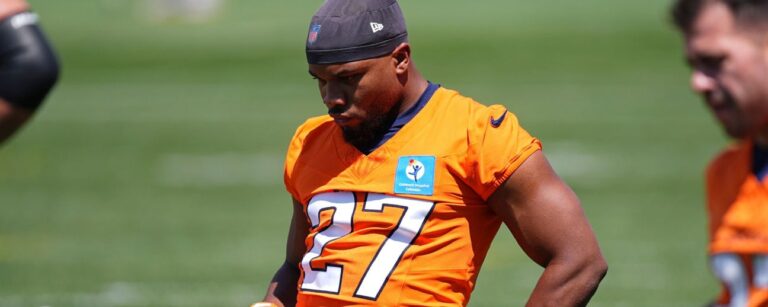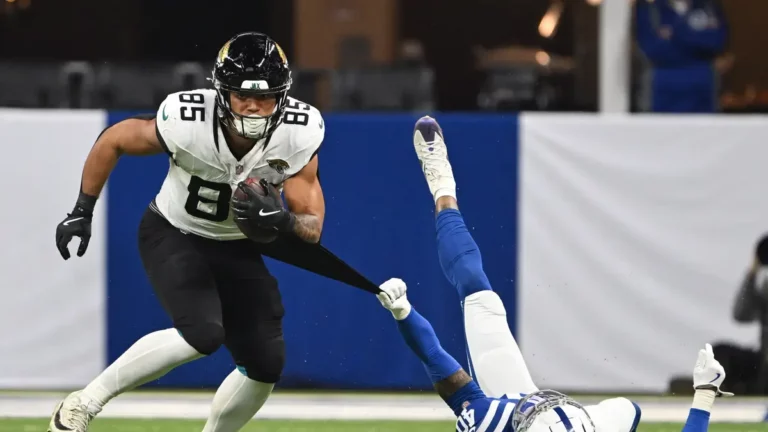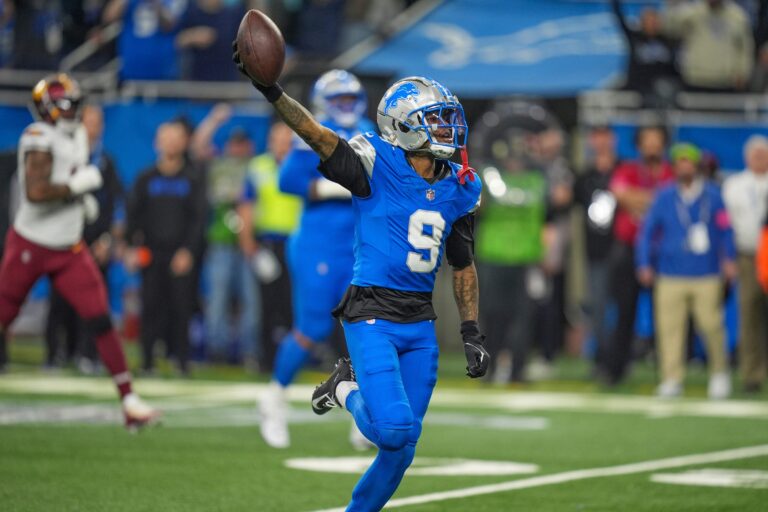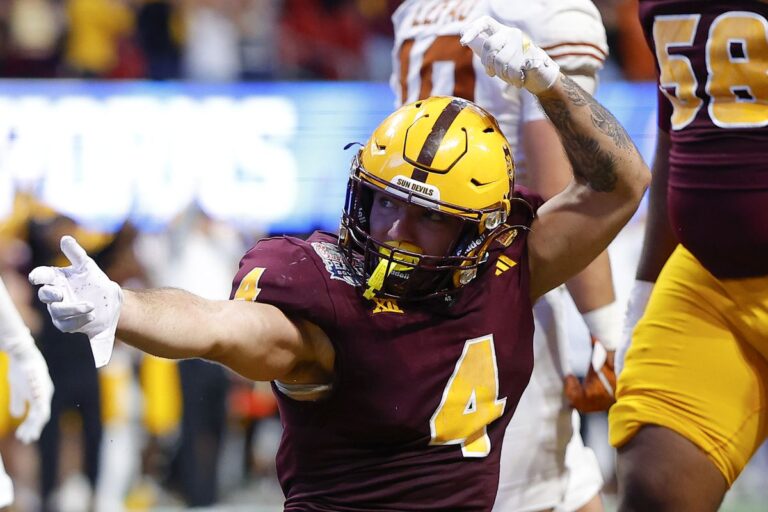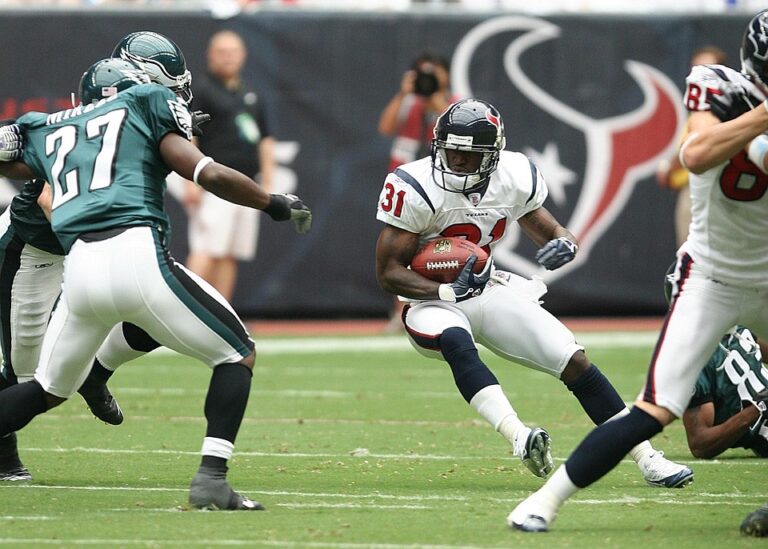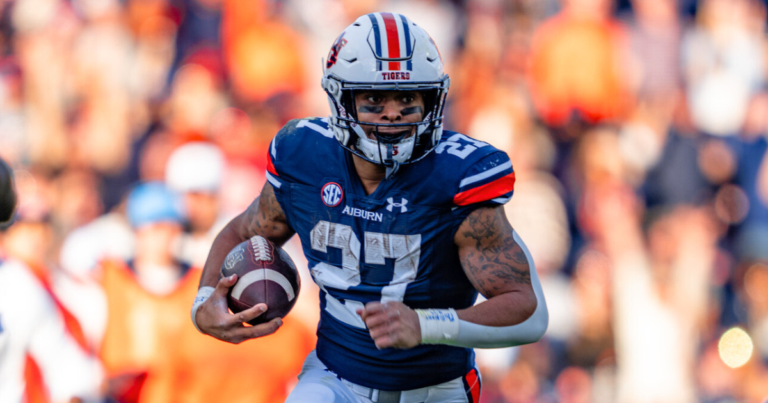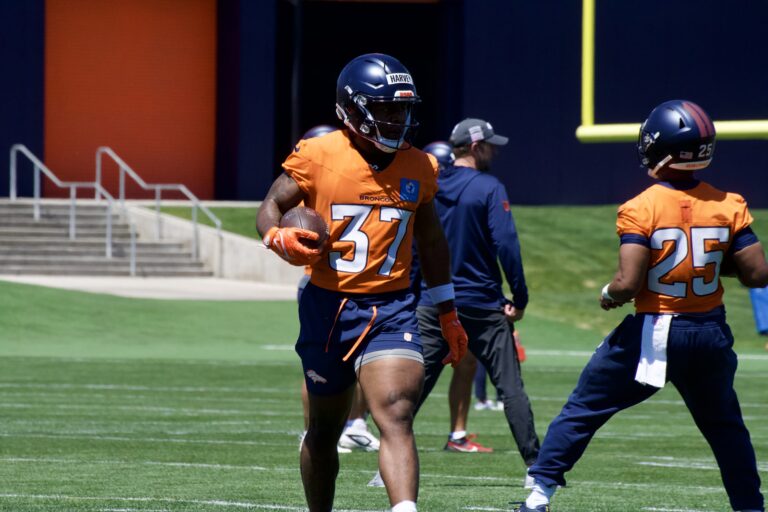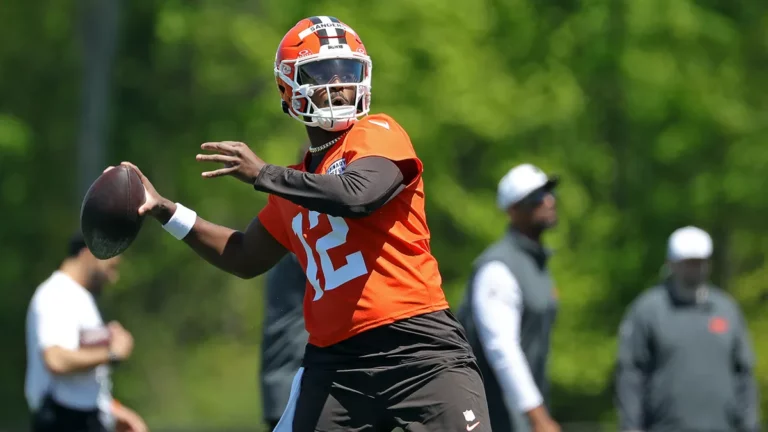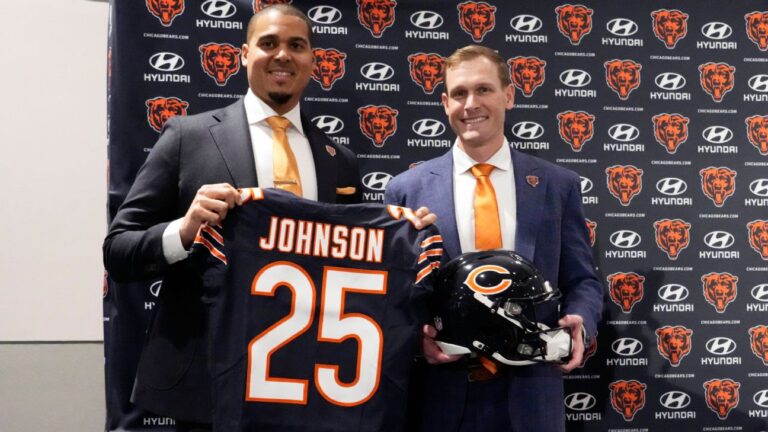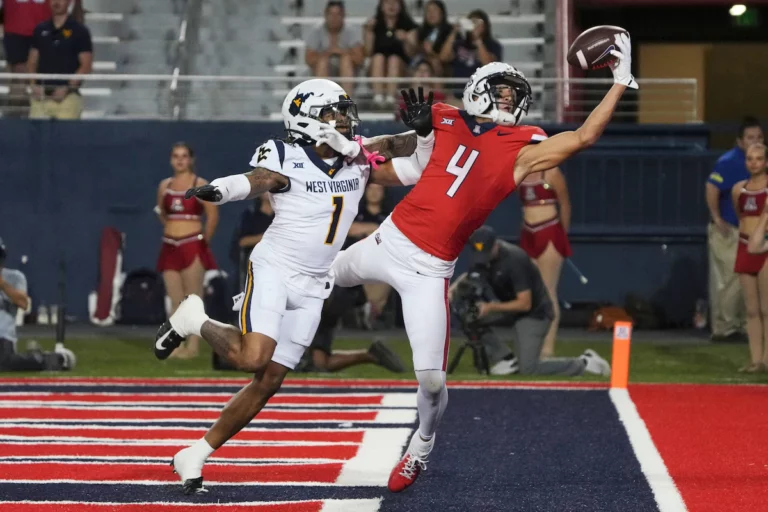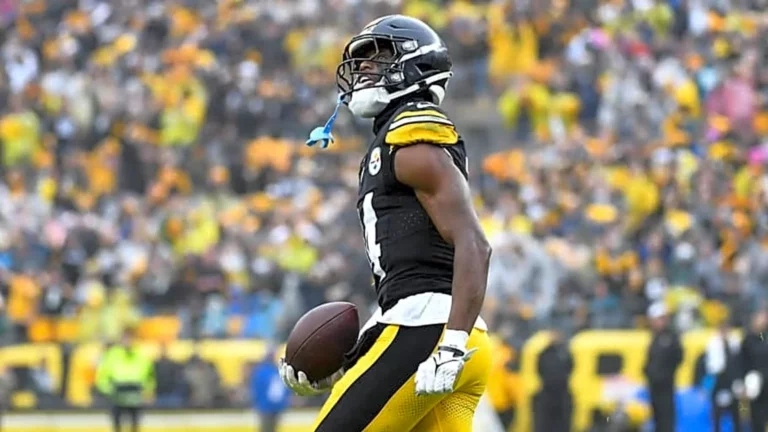The Freddie Kitchens fiasco is over. A season with such high hopes and sky-high fantasy expectations left the fantasy community…disappointed is too kind of an adjective. Yeah, Kitchens was supposed to unlock Baker Mayfield after an impressive rookie campaign. Adding the polarizing Odell Beckham Jr and Kareem Hunt to an offense that already featured Jarvis Landry and Nick Chubb seemed like a slam dunk. What went wrong?
Incompetence, incontinence, and incompatibility. These three I’s highlighted the ineptitude put on full display by the Cleveland Browns, who appeared to be more suited for a toilet bowl than a Super Bowl.
So, why is Kevin Stefanski an immediate upgrade over Kitchens? First and foremost, Stefanski has shown no signs that he will allow his team to completely unravel. He’s well-regarded for his poise, discipline, and ability to control the room, regardless of the personalities. Both players and coaches described him as a leader who you “want to work hard for.” An injection of discipline and structure is a necessary first step for a franchise under consistent inner turmoil.
On the field, Stefanski’s “Kubiak / Shanahan / McVay inspired West Coast” offense is a much tighter schematic fit than whatever hellish, disjointed orchestra Kitchens pieced together in 2019. Stefanski’s offense should be the key to helping this immensely talented Browns team take it to the next level, and for all us fantasy owners to reap benefits from.
Scheme Overview – Marrying the Run & Pass
Stefanski entered the NFL at the ripe age of 24, serving as a Vikings offensive assistant under Brad Childress. He remained in Minnesota for all 14 seasons since, spanning three coaching staffs and seven job titles including QBs coach. He finally earned play-calling duties for the final three games of 2018, and impressed enough to earn the fulltime OC gig in 2019.
Under Stefanski, the Vikings averaged 25.4 points, 353.5 yards of total offense and 133.3 rush yards per game. They finished top 10 in points scored (eighth) and rush yards (sixth) while being in the middle of the pack in the NFL in total yards. Certainly, a solid first stint.
His offense is heavily influenced by Gary Kubiak, who’s system is the foundation for the explosive 49ers, Packers, and Rams attacks. The zone run scheme is the soul of this attack, the key first step for “marrying the run and passing game.” This includes a heavy dosage of play action, rollouts, and screens, as plays that appear to be runs open up space for both deep strikes and YAC opportunities.
Stefanski himself sums up this philosophy best: In October, Stefanski told NFL Network’s Tom Pelissero his plays need to “look like, taste like, and smell like the run.”
When clicking, this offense keeps defenses constantly confused and attacked on all three levels, while the points pile up. The zone run game stretches the defense horizontally, opening up the passing game to attack vertically.
When asked about the installation and offensive overhaul, Stefanski seemed to relish the challenge: “I am about working and I am about putting a foundation together. We will be methodical about it. We will not skip steps two and three to get to four.” He continued to emphasize that, “we will be diligent about working with our players so that they can develop into the best version of themselves.”
In Cleveland, Stefanski has all the core pieces to run this scheme at the highest possible level. If he does help immense talents like Baker Mayfield, Nick Chubb, Odell Beckham and Jarvis Landry become “the best versions of themselves,” the fantasy results will be monstrous.
Stefanski Fantasy Football Impact
1) Nick Chubb Should Explode in this Zone Running Game
You may have heard of Dalvin Cook right? A big part of his success was a zone blocking scheme tailor-made to highlight his talents, and play calling that put Cook in position to dominate.
In 2019, Stefanski led one of only three offenses that proudly ran the football more than it passed, ultimately ranking sixth on the season in rushing yards (133 ypg). Unfortunately, Cook missed two games after nursing a minor shoulder injury. That still didn’t stop Stefanski from riding his horse for 303 touches in 14 games for 1,654 total yards and 13 touchdowns (346 touch, 1,890 yards, and 15 TD pace over a full year). Only Christian McCaffrey averaged more FPs per game.

Indeed, Cook is an elite talent. Yet, Stefanski’s commitment to the run, and the zone-blocking scheme, helped him reach his ceiling. Both will similarly help Nick Chubb, who ranked second in 2019 rushing with 1494 yards, explode to new heights.
What exactly is the zone run game?
Beautifully explained in detail here and here, the zone running is all about the lineman moving in sync and blocking an area more-so than a man. This involves plenty of double teams at the point of attack, which then break off at the defense’s second layer. The goal is to create gaping lanes, whether on the playside, or through a cutback if the defense is over-aggressive. A relentless, well-executed zone running game is a gorgeous symphony to watch.
It also facilitates monster stats for the right back. Hell, even mediocre no-names posted monster seasons under Kubiak, while elite talents set records. Runners first need the vision to find the right lane and course of action (bang, bounce, or bend). Next, they need acceleration and decisiveness to make the cut and go.
Enter Nick Chubb and possibly Kareem Hunt (a restricted free agent this offseason).
Chubb is one of the most pure, powerful runners to play the game in quite some time. In fact, he’s graded as PFF’s top RB in back-to-back years, largely due to his insane tackle-breaking ability; his 858 and 1122 yards after contact rank fourth and second across his two professional seasons.
Though most recognize Chubb’s ridiculous strength, few praise his equally impressive vision, intelligence, and decision-making. He sees running lanes and the second level as if a beat ahead of the defense, pressing the right hole and then making those one-cut-and-go moves that leave defenders in the dust. As Pete Smith describes: “For every tackle he actually breaks, he seems to simply take a defender out of the play with the right cut.”
Simply put: few backs can find the seam, and then turn on the tackle-breaking steam, quite like Chubb. This zone-blocking scheme is tailor-made to exploit these strengths. After falling just 45 yards short of Derrick Henry for the rushing crown, Chubb could easily lead the league in rushing for 2020 within this scheme. 1700+ rushing yards and 14+ TDs aren’t impossible, and Chubb, who finished as the RB7 and RB8 as the starter (Week 7 in 2018), should again finish within the Top-8 on his rushing stats alone.
Though Chubb’s ability as a runner provides a sturdy floor, his true fantasy ceiling will be determined by Kareem Hunt’s status.
A restricted free agent, Hunt is a true three-down back capable of shouldering an entire backfield alone. He excels in making opponents miss laterally, especially in tight quarters, and is similarly a monster after contact. Most importantly, Hunt is an excellent pass catching running back, capable of the full route tree. In fact, in only 8 games, Hunt ranked third on the Browns in receptions (37) and yardage (285). Ideally for fantasy owners, he’ll bring this every-down skillset to an RB-needy team (TB, HOU, AZ, PIT), freeing himself and Chubb up for featured roles.
Whoever emerges as the lead third down back will be in a high-volume role under Stefanski, given his Kubiak backbone. Prior to last year, six of Kubiak’s last nine RBs caught at least 40 balls. Then, under Stefanski, Cook ranked second on the Vikings in targets (63), receptions (53), and yards (519). This offense thrives on screens and dump offs to backs, who are often the designed “safety valve” on any given play.
Should he remain on the team, Hunt would be in a prime position for at least 50 catches and 500 yards just as a receiver. He’d be the ultimate handcuff with benefits, with plenty of standalone PPR value and league-winning upside should Chubb get hurt.
If Hunt departs and those receiving numbers channel to Chubb — a very capable receiver in his own right — he’ll be a candidate for 2,000+ total yards and the RB1 crown in fantasy. He currently sits at eight overall and RB7 in our 2020 Fantasy Football Rankings and Big Board.
2) Can Mayfield Grow in Stefanski’s “Less Volume, More Efficiency” Style Attack? Will he put in the work?
Mayfield lit the football world on fire with his high-flying, explosive first season in which he set the record for passing TDs by a rookie, despite playing only 13 games.
As an encore, he took all of that promise, lit it on fire, and left it on the doorsteps of his fantasy owners. He completed fewer passes (63.8% to 59.4%), tossed more interceptions (14 to 21), while adding only 92 passing yards and tossing five less TDs (22 to 27) despite playing three more games. Ultimately, he finished as the QB19, with fewer points per game than Gardner Minshew.
Mayfield deserves plenty of the blame. He was noticeably in worse shape, made extremely poor reads and decisions, and lacked the fire that made him appear special as a rookie.
Still, his regression is not entirely his fault, and far from unsalvageable.
Despite the “continuity,” Mayfield and Kitchens obviously could never get on the same page with the offense. It also didn’t help that former GM John Dorsey dismantled the offensive line in favor of talent at other positions. Mayfield had no time to go through progressions, and the play calling was inept.
Enter Stefanski.
Last season, heading into his first season as play caller, Stefanski faced similar issues on the offensive line. While the Vikings invested significant draft capital in improving the position, Stefanski’s system, particularly the emphasis on the run and play action passing, helped mask many of the line’s deficiencies while taking pressure — literally and figuratively– off the QB.
In a low-volume pass attack (30th in overall attempts), Cousins didn’t light the statistical world on fire in 2019. His 3603 yards were a career low across 15 games, and marked the first time he had ever fallen below 4,000 in a full year.
Yet, his efficiency spiked en route to career bests in TD percentage (5.9), interception percentage (1.4), quarterback rating (107.4) and adjusted air yards per attempt (8.7). His 8.1 yards per attempt were tied for the highest in any season he’s started more than five games.
The reason? Deadly play action passing and timely vertical strikes.
Cousins used play-action on 31.4 percent of his dropbacks, the fifth-highest mark in the NFL. Off such attempts, Cousins racked up 1,373 passing yards, an NFL-best 14 touchdowns, and only two interceptions. He averaged 9.7 yards per attempt (tied for third leaguewide) and had a passer rating of 129.2 (first).
Moreover, the effective play-action allowed the Vikings opened up a dangerously efficient downfield attack. Cousins threw 20-plus yards downfield on 13.7 percent of his pass attempts, the eight-highest percentage in the league. On such throws, Cousins had nine TDs and just one INT. He also thrived on the bevy of rollouts, completing 62% of his passes outside the pocket (5th in the league).
Ideally, Mayfield can have similar success and growth under Stefanski’s tutelage in this lower-volume, higher-efficiency attack.
Mayfield struggled both vertically and outside the pocket under Kitchens in 2019. He ranked 30th in the NFL in completing just 36% of his passes outside the pocket. Additionally, despite attacking downfield more than Cousins (14.2% of his throws), Mayfield had only seven touchdowns and seven interceptions.
Ideally, Stefanski’s strengths in scheming and teaching both will help Mayfield improve these areas tremendously. The heavy play-action usage will be a fantastic start.
Though Mayfield play-faked only 28.7 percent of the time in 2019 (20th in the NFL), he was wildly more successful on such throws. Off play-acton, Mayfield completed 66.5 percent of his passes (105-of-158) with 11 TDs and 6 INTs for a 102.5 rating. With no play action, he completed only 212 of 376 attempts (56.4%) with 11 TDs and a whopping 15 interceptions for a 68.8 rating. He also averaged 2.6 more yards per attempt when using play-action than when not, the third-largest differential in the NFL.
Mayfield is blessed with more natural arm strength and mobility than Cousins. Yet, he lacks the latter’s experience and professionalism. He is still learning the subtle nuances of the game and still needs to work on his timing and rhythm with his receivers. Mayfield has a heavy workload ahead of him this offseason. Improving not only his eyes and footwork, but becoming a master of the play-action… Stefanski’s bread and butter. If he puts in the work under Stefanski, Mayfield should be in the perfect offense and under the right mind to get his career back on track.
I mean… even Case Keenum put together a career outlier with Stefanski as his QBs coach. Keenum entered 2017 with a career 9-15 record, 58.4% completion mark, 78.4 passer rating and a TD-INT ratio of 24-20. Under Stefanski’s guidance, these numbers rose to an 11-3 record 67.6% completion mark, a 98.3 passer rating and a TD-INT ratio of 22-7. The decision-making was markedly better, with a franchise-best 10 straight games without a turnover.
If Keenum can grow so extensively, then obviously a talent of Mayfield’s caliber can too. Stefanski is certainly confident in Mayfield’s abilities, especially within his offense:
“I will just tell you the skillset that our quarterback has is legit. He’s as accurate as they come… I think there are plenty of things that we will do schematically to, hopefully, make life easier on him, and looking forward to the jump that this kid will take.
“Like any one of our players, when they walk in the building, we’ll have a detailed plan for them about how they’re going to improve… Baker, as a young player, the sky is the limit, but we’re going to put in the work to get it done with Baker.”
Indeed, Stefanski’s track record, QB-friendly offense, improvement plan, and belief in Mayfield all help.
Still, the obvious question, which Stefanski later points out, remains: will Mayfield put in the necessary work?
“He is such a young player and the guys I’ve been around, when they put their mind to it and they start to grind on this thing and understand the whys and the concepts that we are teaching, I really think this kid has a chance to take off.”
24/7 Sports’ Jake Burns wrote an excellent breakdown detailing how the Browns can support Mayfield, and how he can support himself. Step one?
“With Freddie Kitchens firing, the Browns must pair Mayfield in the right vertical zone running scheme. A scheme that has the ability to take shots downfield off that deadly run action, and with the deception provided by his two talented running backs.”
Stefanski fits this description to a tee. Check.
Even more important? What we need to see from Mayfield:
“For starters, he should keep his head down and work like never before this off-season:
– Not a word to those lambasting him about his play or taking cheap shots in the media.
– Put the twitter machine away. Don’t use it outside of charity work. It gives you zero benefit.
– Work harder than anyone else at the position. Consume more film than you can even fathom and never find yourself in a situation you don’t recognize.
– Report back in impeccable shape.
– Refine your mechanics with work on off-platform accuracy, finding passing windows and pulling the ball down over the hashes.
– Host as many throwing sessions as you can with your 2020 guys.”
If we see him take these steps (a huge if), Mayfield should once again enter your fantasy radar as a prime post-hype bounceback under Stefanski. A retooled offensive line certainly wouldn’t hurt, but the weapons, natural ability, and right coach are in place for a Mayfield rebound.
Granted, the statistics might not be drool-worthy in what promises to be among the NFL’s run-heaviest teams. With so many other QB options in fantasy, and Stefanski’s hire projects more of a major “real life” gain than one for fantasy. He slides in around QB18, among the bench QB2s.
3) Enough Fantasy Food to Sustain Odell Beckham and Jarvis Landry? Beckham’s deep skills could flourish in the “Diggs” role
Similar to Mayfield, his weapons should see spikes in efficiency but decreases in total volume. Despite the immense talent of both Odell Beckham and Jarvis Landry, Stefanski’s offense might not leave enough “fantasy food” for two consistently usable WRs.
Most prominent is the volatile Beckham, who could fit this scheme perfectly in the “Stefon Diggs role.”
Yes, last year will be tough to forgive and forget for Beckham. They hype was astronomical, as OBJ was expected to have a monstrous season after finally escaping the clutches of Eli Manning and the New York Giants. Yet, despite ranking 15th in targets (133), Beckham floundered for 74 receptions (28th), 1,035 yards (26th) and four touchdowns (66th) alongside the 11th most drops. He finished below Jarvis Landry in every statistical category in 2019 amidst one of the most inefficient seasons in the league.
Even still, I expect Beckham to rebound tremendously under Stefanski and finish significantly ahead of Landry in 2020.
As mentioned, the key to making this offense work is the play action. After being routinely stretched horizontally by the zone-run game, defenses are focused on the backfield and quick to bite in the secondary. This opens the field up for chunk gains and deep shots, particularly to the Alpha-X WR (Diggs role). Again, total volume is sacrificed for efficiency, and Odell could absolutely thrive in this field-stretching role.
Just look at Diggs’ 2019 stats. He had the fewest receptions (63) and targets (94) since his rookie season, yet still set a career high in yardage (1130) thanks to insane spikes in efficiency. Diggs led the league in deep-ball (20+) yardage with 635, while all six of his TDs came on such throws, also leading the league. He ranked fourth in the league in yards per catch (17.9) and second in yards per target (12.0). Both marks were 4+ yards higher than any previous year, and despite ranking 44th in total targets, Diggs 29 deep looks ranked third. 62% of Diggs’ deep receptions were graded “catchable.”
Conversely, Odell saw plenty of deep volume, as his 33 targets were even more than Diggs and everyone not named Kenny Golladay (37). Yet, he ranked just 28th in yardage (263) and 24th in receptions (8), with just 10/33 targets deemed catchable (30.3%).
Ideally, Stefanski’s play-action success from Minnesota carries over, improving both Mayfield’s downfield accuracy and Beckham’s efficiency. Prior to last year’s debacle, the speedy and smooth Beckham was among the greatest home run hitters in the league. During his first three seasons, Beckham caught 288 passes for 4,122 yards and 35 touchdowns. That’s a miracle, considering Eli Manning is about as mobile a garden gnome, accurate as my blind grandmother, and as flexible as a Lego.
Mayfield is far more capable at extending plays and executing the bootlegs Stefanski will run. still. Beckham still drips in game changing talent, elite speed and agility, and offers some of the softest hands in the league, and will ideally be back to full health after playing through a sports hernia injury all of 2019. The marriage may be a year late, but the results could be as beautiful as we all imagined; even though he might see the fewest targets of his career, Beckham could still rebound nicely given Stefanski’s track record maximizing the deep game.
So where does this leave Landry’s value after pacing the Browns in every category for 2019?
This is difficult to gauge after Adam Thielen, Landry’s closest role comparison, missed essentially 7 games last year. On the positive, Thielen scored seven TDs across his seven healthy weeks, ranking as the WR8 from Weeks 1-7. He was utilized often on double-moves in the Red Zone, something Landry can execute as well as any.
Yet, the overall “Aerial Pie” is so small, weekly consistency may be tough to predict here. Kubiak’s offenses featured a 1,000+ yard WR in 18 of 22 seasons (81%), and two of the misses were a result of Andre Johnson getting hurt. Unfortunately, his offenses featured two 1,000+ WRs only four times in those 22 seasons. Moreover, this offense is very run-heavy in the Red Zone, and only four WRs hit 10+ scores — none since 2001.
Of course, Stefanski is not Kubiak, but his offense is largely based on his principles. On paper, Beckham seems more likely to hog targets in the Alpha-X field-stretching role. With a full offseason in Cleveland and something other than a discombobulated mess calling plays, Beckham similarly profiles as a posthype bounce-back alongside his QB. Meanwhile, owners may be disappointed if they pay for last season’s stats with Landry, as this offense is unlikely to feature enough volume for both to thrive.
Now that you’ve learned more about Kevin Stefanski’s fantasy impact on the Browns, learn more about how Mike McCarthy will impact the Cowboys’ offense.
